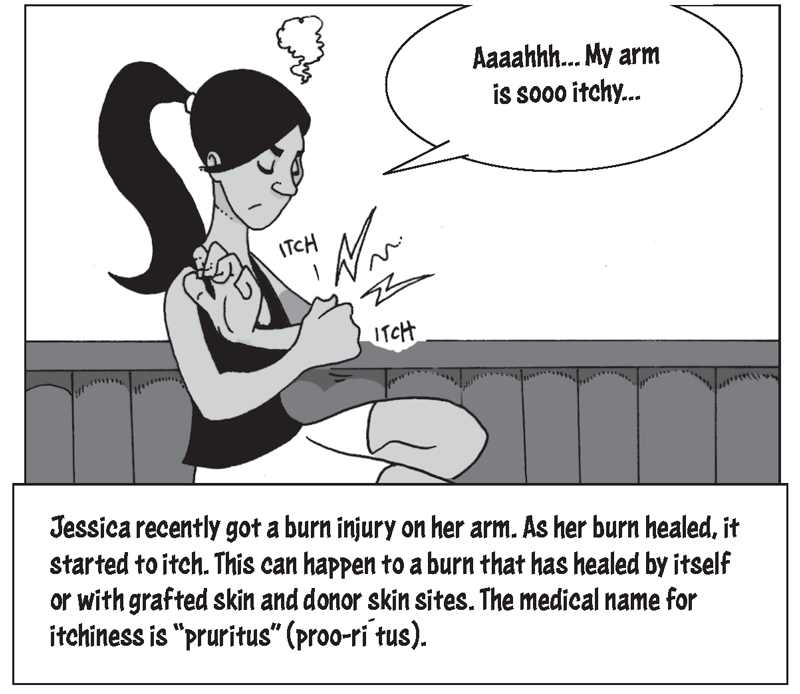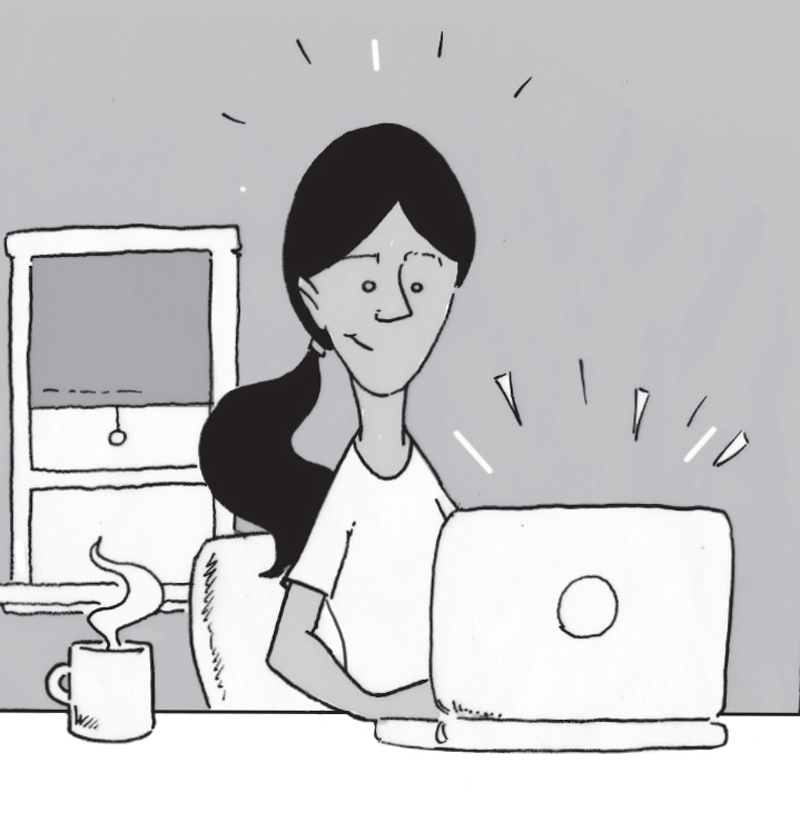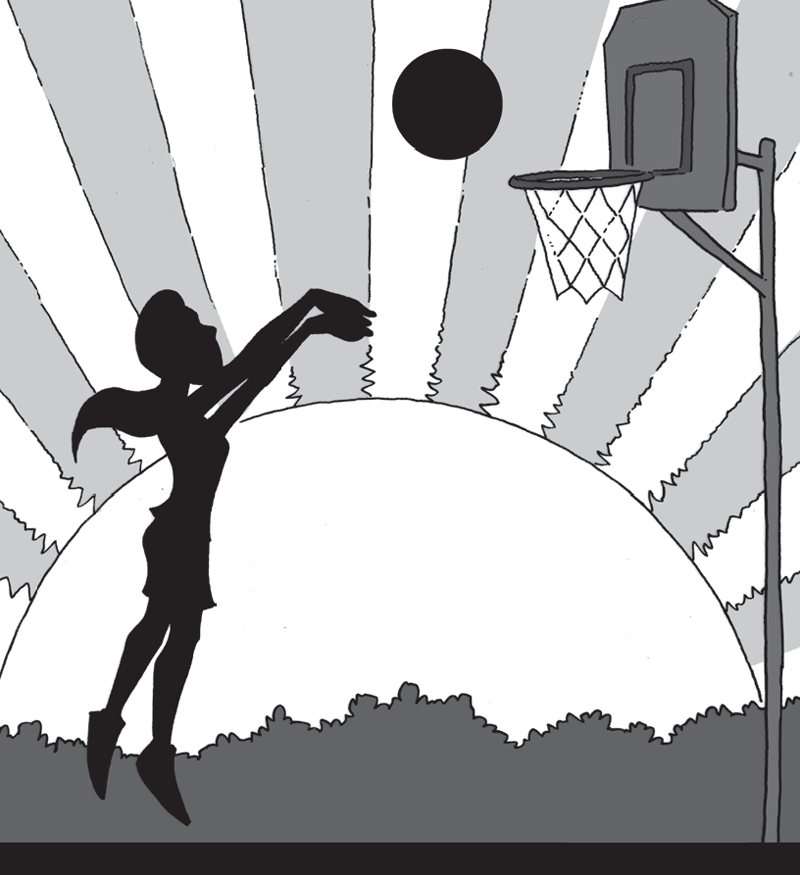Itchy Skin After Burn Injury Infocomic
As skin heals from a burn injury, it may get itchy. Almost everyone recovering from major burns has problems with itching—especially on or around the burn, graft or donor site. This infocomic shares information on itchy skin after burn injury and ways to help manage this. Itchy skin can be frustrating and disrupt everyday activities. This infocomic explains some of the things people with burn injury can do to help an itch:
- Keep fingernails short
- Use laundry detergent without any scent to wash your clothes
- Take a bath with water that is the right temperature for you
- Massage your skin with lotion
- Take your mind off itching through stretching, exercise, playing a game, or taking up a new hobby





















![Recommended Citation: Model Systems Knowledge Translation Center (MSKTC). (2022). Itchy skin after burn injury [Infocomic] (G. Corley, Illus.). Copyright: 2021 Model Systems Knowledge Translation Center (MSKTC). May be reproduced and distributed freely with appropriate attribution. Prior permission must be obtained for inclusion in fee-based materials.](/sites/default/files/ItchySkinAfterBurn-508_Page_3-Panel09.png)

Related Resources for Itchy Skin After Burn Injury
To learn more, check out our resources page about itchy skin after burn injury.
Winner Fall 2022 Bronze Digital Health Award
